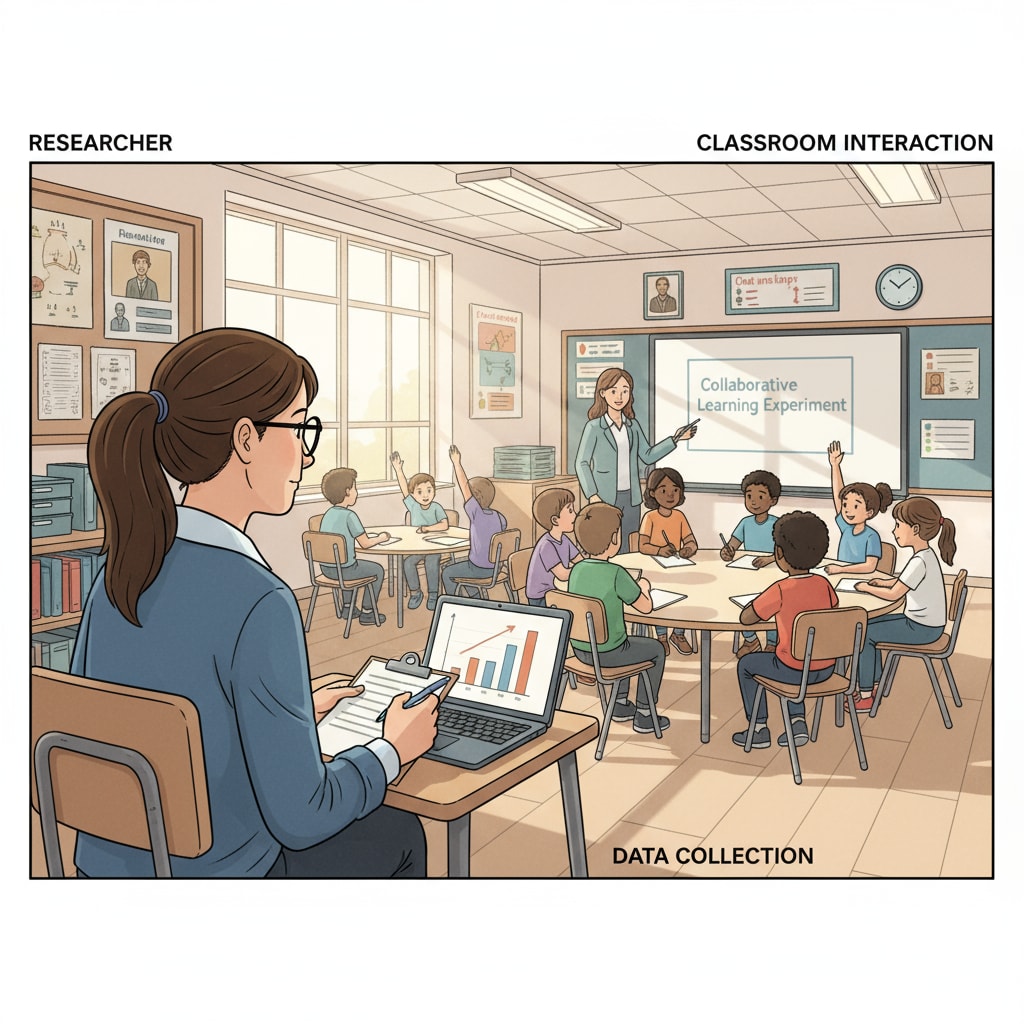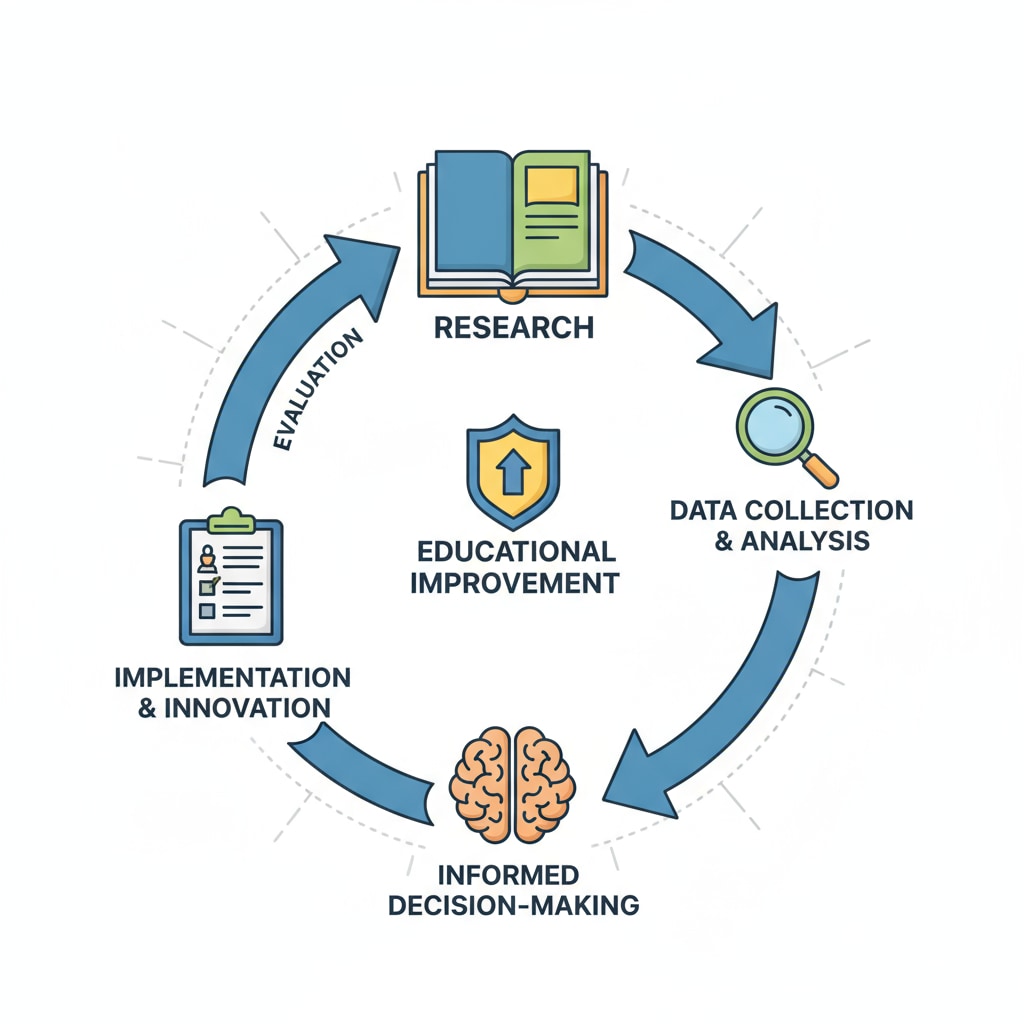Research, evaluation, social inequality, and education are intertwined concepts that play a crucial role in shaping the future of society. In the context of K12 education, understanding the differences and synergies between research and evaluation is essential for addressing social inequality. These two elements can be seen as the wings that enable K12 education reform to soar towards a more equitable future.

The Nature of Research in K12 Education
Research in K12 education is a systematic process of inquiry. It aims to uncover new knowledge, understand educational phenomena, and develop theories. For example, researchers might study the impact of different teaching methods on student learning outcomes. By conducting experiments, surveys, and observations, they can gather data to analyze how various factors interact in the educational environment. According to Educational research on Wikipedia, educational research helps in identifying best practices and areas for improvement. It provides the foundation for making informed decisions in education.

The Role of Evaluation in K12 Education
Evaluation, on the other hand, focuses on assessing the value, effectiveness, and efficiency of educational programs, policies, or practices. It helps in determining whether the intended goals are being met. For instance, an evaluation might measure the success of a new curriculum in improving student achievement. Through methods like tests, interviews, and data analysis, educators can gauge the impact of educational initiatives. As stated in Evaluation in education on Britannica, evaluation provides feedback that can be used to make adjustments and enhancements to educational offerings.
While research is about exploring and discovering new ideas, evaluation is about judging the quality and performance of existing educational efforts. However, they are not mutually exclusive. In fact, they complement each other in many ways.
The Complementary Relationship between Research and Evaluation
Research can inform evaluation. The findings from research studies can help in setting appropriate evaluation criteria. For example, if research shows that certain skills are crucial for students’ future success, these skills can be included in the evaluation framework. In addition, evaluation can provide data that can fuel further research. If an evaluation reveals unexpected results, it can spark new research questions. This cycle of research and evaluation is essential for continuous improvement in K12 education.

Addressing Social Inequality through Research and Evaluation
Both research and evaluation have a significant role to play in reducing social inequality in K12 education. Research can identify the root causes of educational disparities among different social groups. It can uncover issues such as unequal access to resources, differences in teaching quality, and cultural biases in the curriculum. Evaluation, then, can be used to assess the effectiveness of interventions designed to address these inequalities. By measuring the impact of programs aimed at providing equal opportunities, educators can determine whether they are making progress.
For example, research might find that students from low-income families are less likely to have access to advanced educational technology. Evaluation can then be used to evaluate the effectiveness of initiatives that aim to provide such technology to these students. If the evaluation shows that the initiative is not achieving the desired results, research can be conducted to find out why and suggest alternative solutions.
Readability guidance: This article uses short paragraphs to present clear ideas. The lists help summarize key points. The use of active voice makes the content more engaging. Transition words like “however”, “in addition”, and “for example” are used to connect ideas smoothly. Each H2 section has a focused discussion with relevant explanations and examples.


